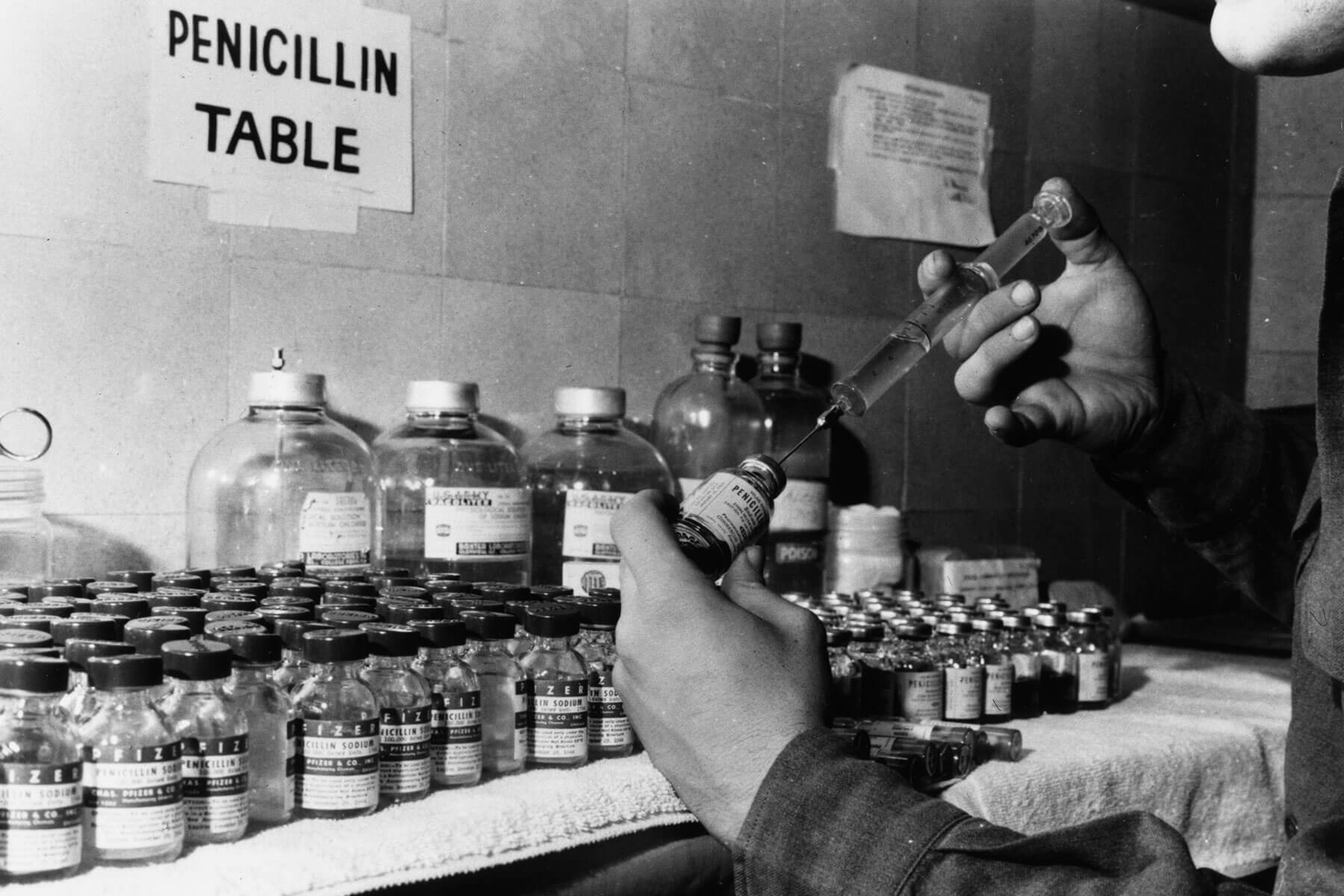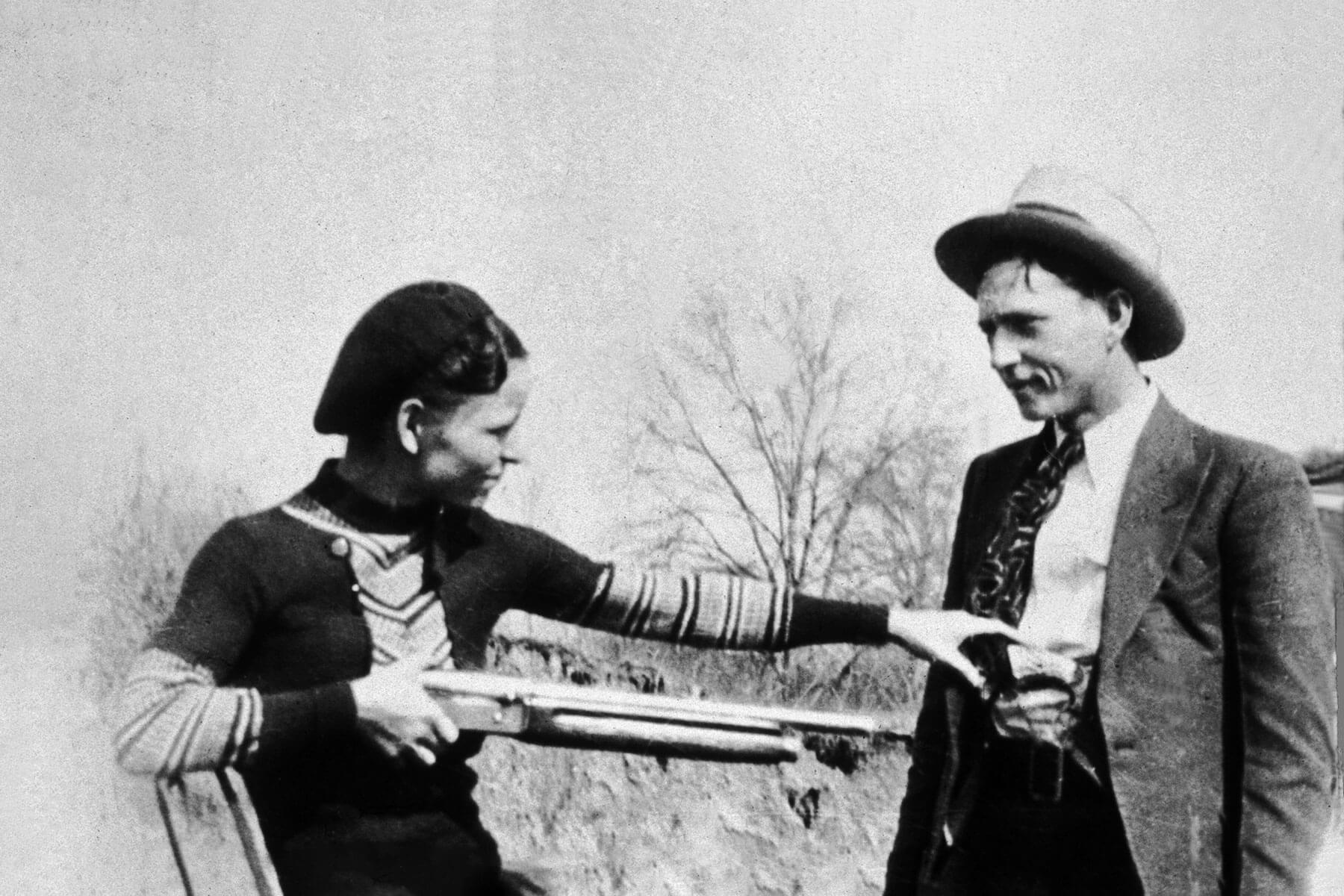How a complex language helped the U.S. in WWII
Thursday, December 28, 2023
Diné bizaad is an Indigenous language primarily used by the Navajo, or Diné, people of the American Southwest. |
| |
| |
|
 |
|
| D iné bizaad is an Indigenous language primarily used by the Navajo, or Diné, people of the American Southwest. Not only is the language complex, but it's traditionally passed down orally. During World War II, the United States military used this to its advantage by recruiting Navajo people fluent in both English and Diné bizaad, dubbed "code talkers," to transmit secret messages among Allied forces. |
|
|
| The U.S. military wasn't the first to use the tactic — members of Cherokee, Lakota, and other nations used their native tongues to evade German detection in World War I. The Marines, however, established the first formal training program for code talkers, and 29 Navajo completed the training in 1942. Recruits developed and memorized a two-part secret code inside a guarded room. The first part used 26 Diné bizaad words to stand in for letters of the English alphabet. The next part was more complex, and required making up hundreds of terms for English words that didn't have a direct translation — for example, "iron fish" for "submarine," and "humming bird" for "fighter plane." |
|
| Even after recruiting more trainees into the program, the Marines struggled to find enough soldiers fluent in both languages to scale the program. But where code talkers were deployed, they passed along information with incredible security and accuracy. The Navajo Marines provided a valuable and often dangerous service to the U.S. military and its allies, but ironically, many had attended government or church-run boarding schools where they were punished for speaking languages other than English. After the war, the code talkers and their service went completely unacknowledged for decades. Their mission stayed classified until 1968, in case the military wanted to use the code again. In 2001, the original 29 code talkers were finally awarded the Congressional Gold Medal, and the rest were awarded the Congressional Silver Medal. |
|
 |  |
|
| Thank you for supporting our advertisers! |
|
| |
|
 |
|
By the Numbers |
|
| Original Navajo code talkers alive in 2001 to receive the Congressional Award | | | 5 |
| | | Total Navajo soldiers who served as code talkers | | | 375-420 |
| | | Total Navajo soldiers who served as code talkers | | | 375-420 |
|
|
|
| Military terms the Navajo developed code words for | | | 411 |
| | | Approximate Indigenous languages still spoken in the U.S. | | | 175 |
| | | Approximate Indigenous languages still spoken in the U.S. | | | 175 |
|
|
|
 |
|
 | | Did you know? |
|
|
Indigenous people had high enlistment rates during WWII. |
|
| In 1941, the year Pearl Harbor was bombed, the estimated Indigenous population of the United States was below 400,000, around 45,000 of whom saw active duty in World War II. Among them was Corporal Ira Hayes, a Pima Indian and one of the soldiers pictured in the famous flag-raising photo at Iwo Jima. While many Indigenous peoples were motivated to protect their ancestral lands, enlistment rates varied among different tribes. For instance, Hopi principles prohibit bearing arms, and Thomas Banyacya, a leader in the Hopi tribe, spent seven years in jail for refusing the draft. In 1953, he secured conscientious objector status for any Hopi who requested it. |
|
| Thank you for supporting our advertisers! |
|
| |


posted by June Lesley at 6:00 AM










![]()
![]()






0 Comments:
Post a Comment
<< Home